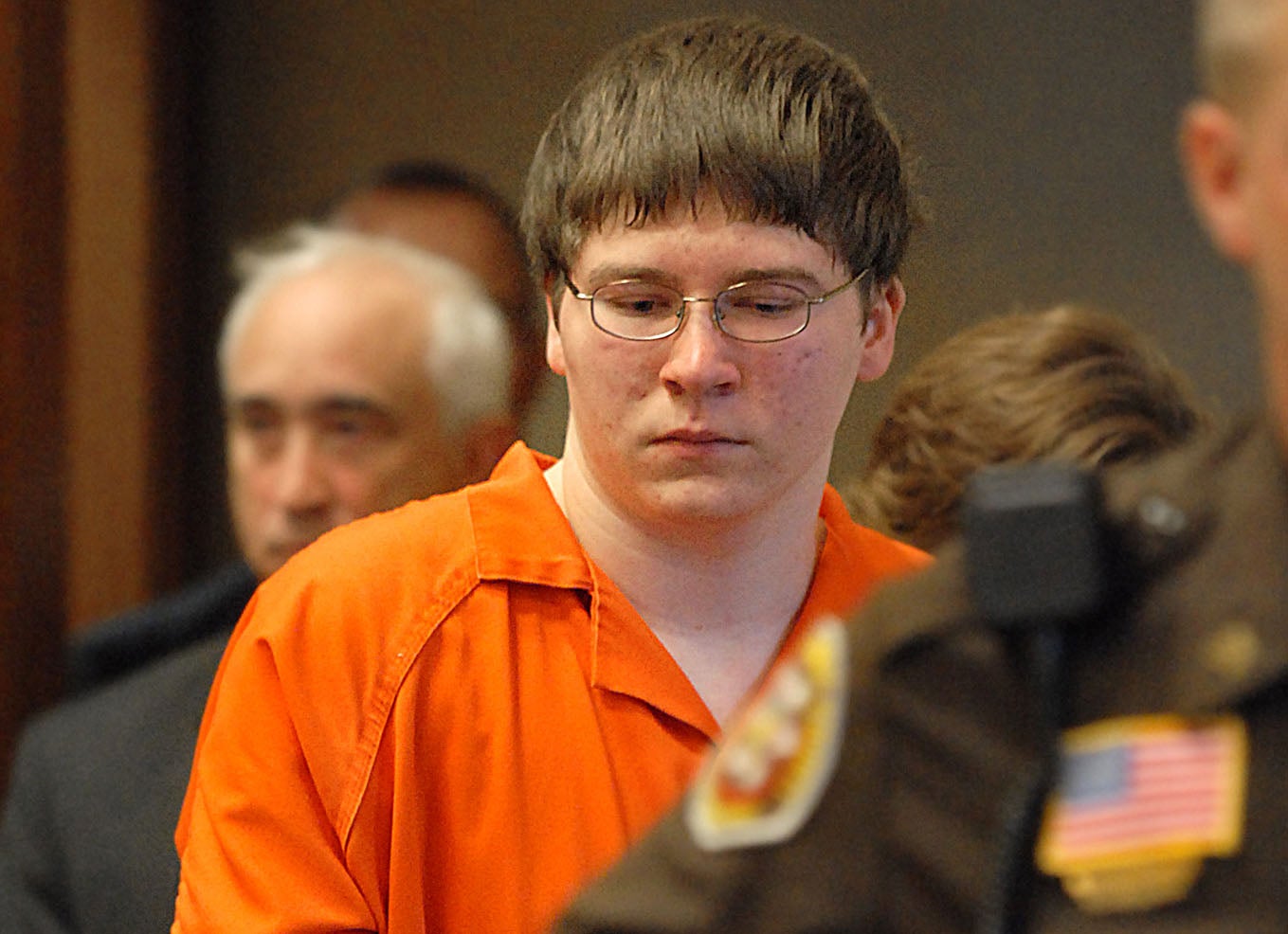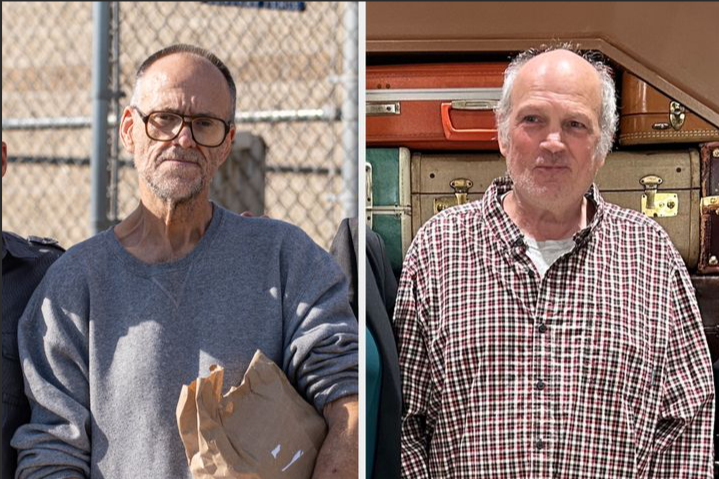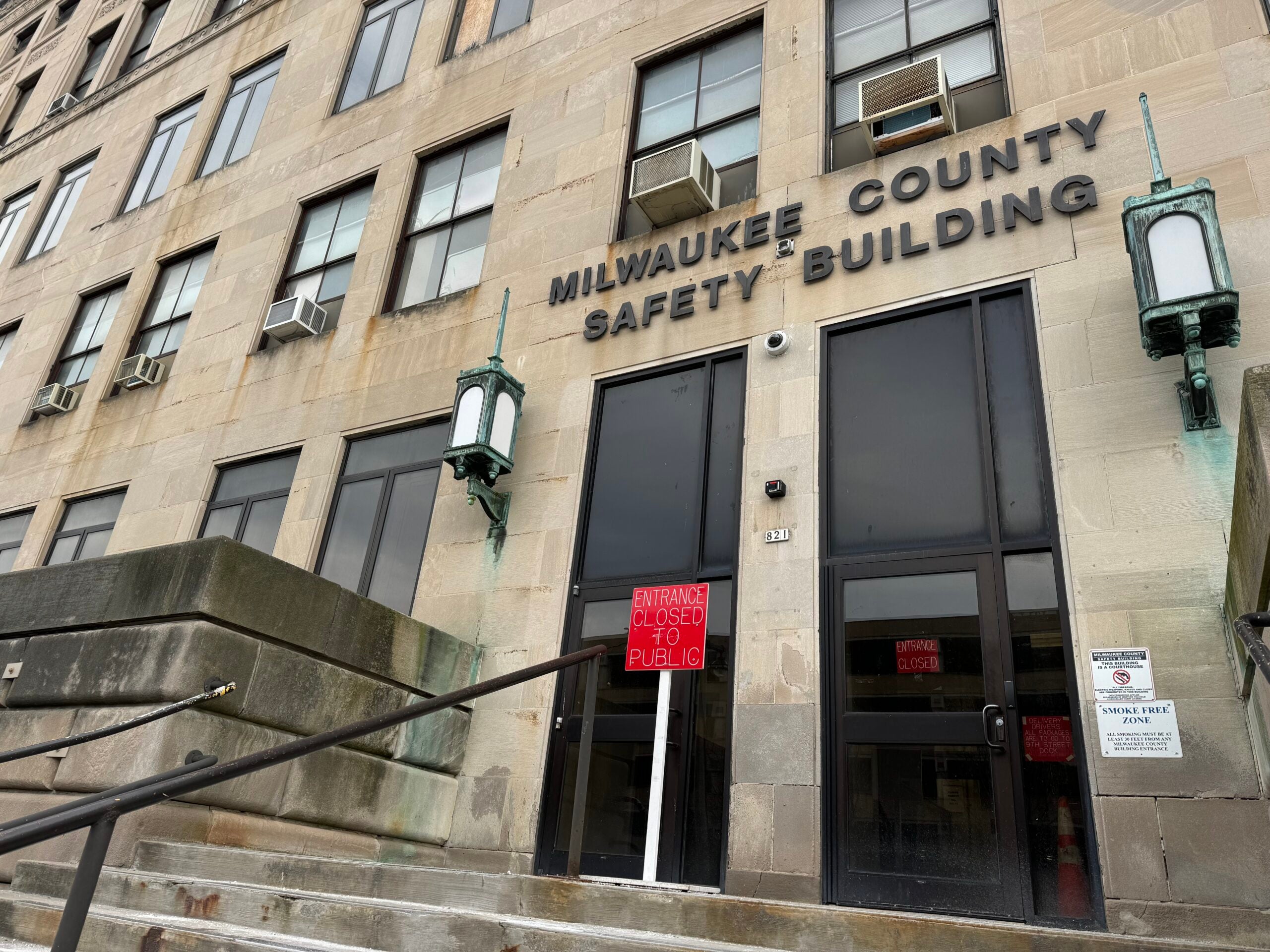Attorneys for Brendan Dassey, a Wisconsin man whose case gained national attention in Netflix’s 2015 documentary series “Making a Murderer,” have asked Gov. Tony Evers to pardon him.
Dassey confessed to the 2005 rape and murder of photographer Teresa Halbach in northeastern Wisconsin and has been incarcerated since he was 16 years old. Dassey’s uncle, Steven Avery, was also convicted in the killing.
But Dassey’s attorneys argue that police manipulated Dassey into making a false confession.
News with a little more humanity
WPR’s “Wisconsin Today” newsletter keeps you connected to the state you love without feeling overwhelmed. No paywall. No agenda. No corporate filter.
His attorneys filed their petition with the governor’s office on Wednesday and pleaded their case at a press conference in Madison, attended by Dassey’s mother and cousin.
“Brendan has now served more than 13 years behind bars, with no chance of parole until 2048,” said Laura Nirider, one of Dassey’s attorneys and co-director of Northwestern University’s Center on Wrongful Convictions. “The courts have been unable to deliver justice for him. We now ask Gov. Evers to deliver that justice and bring Brendan home.”
A judge allowed prosecutors to use Dassey’s confession during his trial in 2006, and he was sentenced to life in prison the following year.

Mark Osler, an expert in clemency, speaks on behalf of Brendan Dassey at a press conference in Madison on Oct. 2, 2019, while Dassey’s attorney Laura Nirider looks on. Nirider and the rest of Dassey’s legal team have petitioned Gov. Tony Evers to throw out Dassey’s conviction on murder and sexual assault charges, saying his confession was false and cocerced. Miranda Suarez/WPR
In 2016, following the release of “Making a Murderer,” a federal judge in Milwaukee overturned Dassey’s conviction. Then, the 7th U.S. Circuit Court of Appeals upheld it, keeping Dassey behind bars.
Dassey’s attorneys then went to the U.S. Supreme Court, which declined to hear his case last year.
Now, his attorneys are back working to release Dassey on the state level. Steven Drizin, another co-director of the Center on Wrongful Convictions, said Dassey’s confession is a textbook example of coercion.
“While coercion today is more subtle than beating a suspect with a rubber hose, there wasn’t anything subtle about the way the investigators broke Brendan’s will,” Drizin said. “They used standard psychological tactics, tactics I’ve seen over and over again in 25 years of watching confession tapes.”
Several people who spoke at the press conference said they only became aware of the case or got involved after watching “Making a Murderer.”
Dr. Sally Miles, a speech pathologist, is one of them. She said Dassey was particularly vulnerable because of a severe communication disability, a diagnosis she found in school records.
“Brendan’s ability to process and use spoken language was in the bottom percentile,” she said.
Miles said that put Dassey at a disadvantage during the rapid-fire interrogation.
“Throughout the interviews, the officers spoke in a rambling, incoherent, disorganized way that confused even our professional transcriber,” she added.
Dave Thompson, a national police trainer, uses the Dassey interrogation tapes to demonstrate how not to conduct interrogations.
Thompson listed the many ways he considers the confession to be coerced and inaccurate, including police feeding Dassey facts about the crime as they talked to him, creating “the recipe for a false confession and one we should have no confidence in whatsoever,” he said.
In the past, Evers has said he will only consider pardons for people who have completed their prison sentences. He’s also ruled out commutations.
Evers’ press office hasn’t yet responded to a request for comment.
Wisconsin Public Radio, © Copyright 2026, Board of Regents of the University of Wisconsin System and Wisconsin Educational Communications Board.



